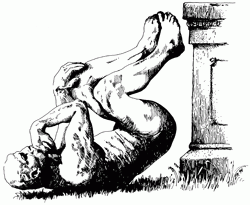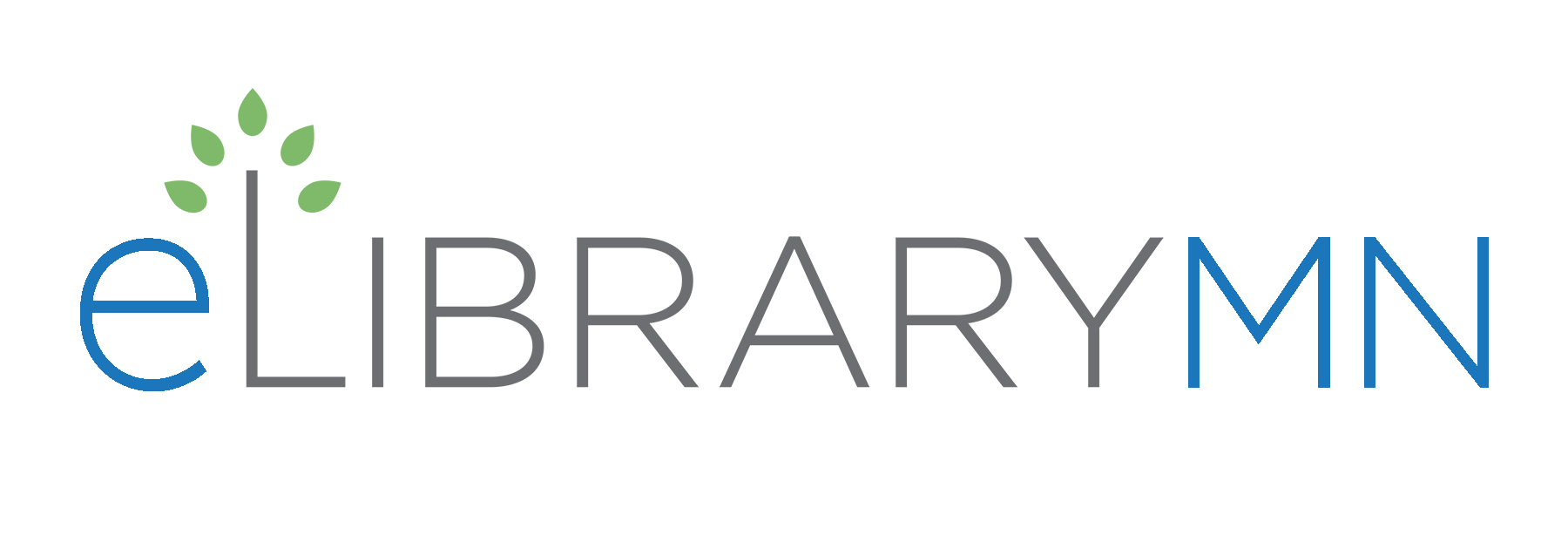by Matt Lee
Quick Summary
If you were going to describe the Ig Nobel Prizes to a professional colleague you might use this quote, which serves as the organization’s motto: “Research that makes people laugh and then think.” If, howev

"Describing the Relationship between Cat Bites and Human Depression Using Data from an Electronic Health Record," David Hanauer, Naren Ramakrishnan, Lisa Seyfried, PLoS ONE, vol. 8, no. 8, 2013, e70585. Academic Search Premier.
The Biology Prize was given for “carefully documenting that when dogs defecate and urinate, they prefer to align their body axis with Earth's north-south geomagnetic field lines:”"Dogs are sensitive to small variations of the Earth's magnetic field," Vlastimil Hart, Petra Nováková, Erich Pascal Malkemper, Sabine Begall, Vladimír Hanzal, Miloš Ježek, Tomáš Kušta, Veronika Němcová, Jana Adámková, Kateřina Benediktová, Jaroslav Červený and Hynek Burda, Frontiers in Zoology, 10:80, 27 December 27, 2013. InfoTrac Student Edition.
The Medicine Prize was awarded for “treating ‘uncontrollable’ nosebleeds, using the method of nasal-packing-with-strips-of-cured-pork:”"Nasal Packing With Strips of Cured Pork as Treatment for Uncontrollable Epistaxis in a Patient with Glanzmann Thrombasthenia," Ian Humphreys, Sonal Saraiya, Walter Belenky and James Dworkin, Annals of Otology, Rhinology and Laryngology, vol. 120, no. 11, November 2011, pp. 732-36. Academic Search Premier.
Some of the other awarded research is pretty specialized (natch) so it’s only available in more specialized scholarly databases. But even the citations are worth a look. The Art Prize, for example, was given “for measuring the relative pain people suffer while looking at an ugly painting, rather than a pretty painting, while being shot [in the hand] by a powerful laser beam.” I feel like I’ve been to museums like that. The Neuroscience Prize winner was awarded “for trying to understand what happens in the brains of people who see the face of Jesus in a piece of toast.” Besides awe, I guess? You might laugh, you might think, and you might use these research reports as a fun intro to library database content for your students or researchers.
